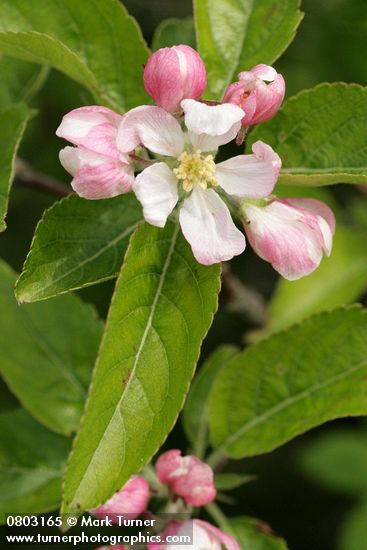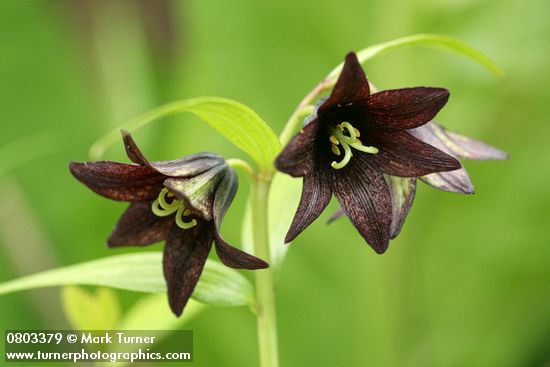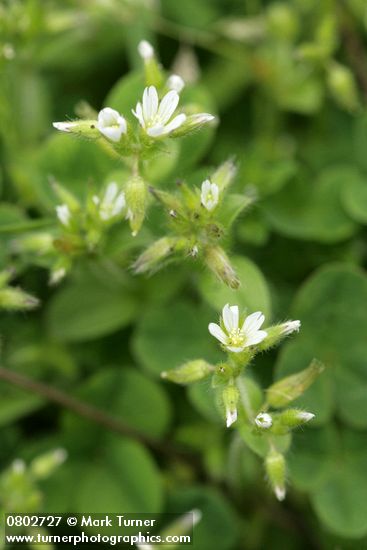Office or Field?
The hard reality of my independent photography business is that I have to do everything. Like most photographers, I’d much rather spend the majority of my time behind the camera creating new images. Working in the office is a necessary part of the job, otherwise there would be no customers and no income. Sometimes the concept of being retired and just shooting for fun sounds very appealing.
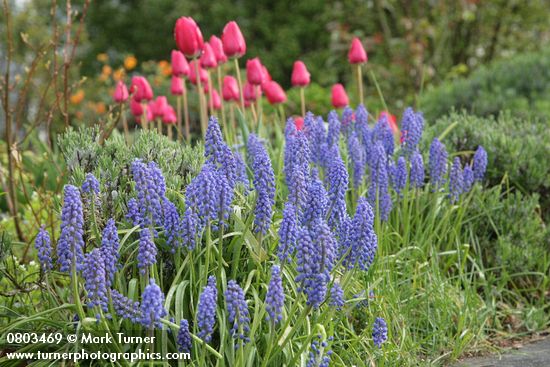
There always seems to be too much to do in the office and not enough hours in the day. After every shoot I copy the digital files to my computer, add basic location and contact metadata, then back up the camera raw files to DVD. Then I go through the files and edit the take, deleting the poor exposures from bracketed sets, excising the ones where the wind blew the subject around and blurred the image, and getting rid of anything else I don’t like. Next step is captioning, which almost always includes Latin and common names for the plants and a short description. I often have to look up names, check identifications, or verify spelling. Sometimes it takes almost as long to caption as it does to shoot. So I get behind. These grape hyacinths and tulips were photographed in our garden on April 29 and captioned on May 15. I still have five days of garden photography to caption.
The other office task that can be very time-consuming is selecting photos in response to an editor’s request. Last week I spent the better part of two days assembling private web galleries of images for a garden magazine. The wantlist, single-spaced, ran to more than four pages of plant names for several stories. I had a lot of the species on the list, and for many of them I had many choices. The process is simple, but tedious. I look up the plants in my database, look at the photos on my computer screen, select the ones I think are appropriate, and add them to a gallery. Repeat until done. Sometimes the photos are in my slide collection and I’ll have to scan and optimize them. I store my scans on a networked drive and it’s slower than internal computer drives so I wait for the computer. When I’ve finished selecting photos I generate a web gallery, upload it to my server, preview it to make sure there aren’t any problems, and then send a link to the editor that requested the images.
Often, editors don’t even acknowledge that they’re received the e-mail link. I only hear from them when and if they’ve selected one or two photos and need a high-res file ASAP. That’s another office task that can’t be automated.
Enough of this, it’s time to go find some fresh flowers in bloom. I’m off in search of a penstemon at Peshastin, a biscuit root at Goldendale, and gardens in Pendleton and Yakima. Who knows what else I’ll find along the way.


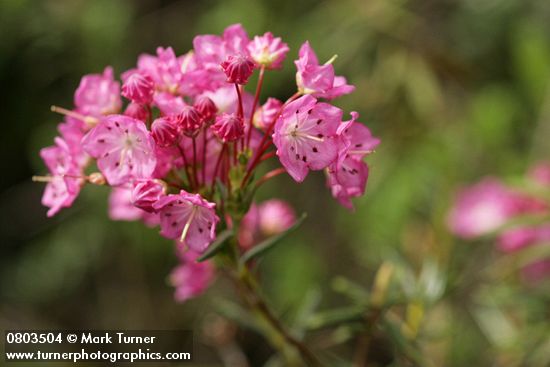
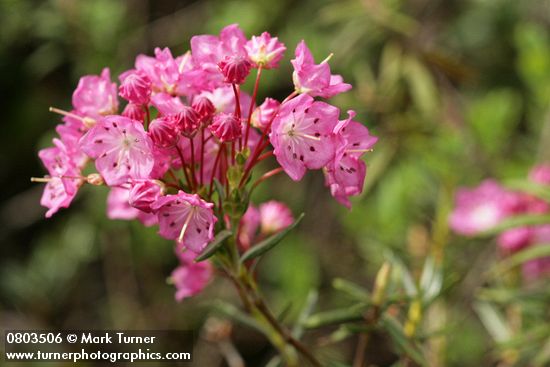
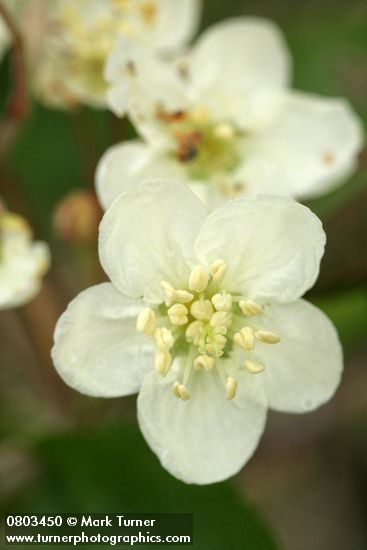 I also found lots of escaped cultivated apple trees blooming in the woods and near wet areas where the native crabapple grows. While some of the escaped apple trees are quite big, it’s easy to confuse them with the native. The flowers look a lot alike, especially when you find an apple with white instead of pink blossoms. You have to look close to see the difference: 3 pistals in the native crabapple and 5 pistals in the domestic apple blossoms.
I also found lots of escaped cultivated apple trees blooming in the woods and near wet areas where the native crabapple grows. While some of the escaped apple trees are quite big, it’s easy to confuse them with the native. The flowers look a lot alike, especially when you find an apple with white instead of pink blossoms. You have to look close to see the difference: 3 pistals in the native crabapple and 5 pistals in the domestic apple blossoms.